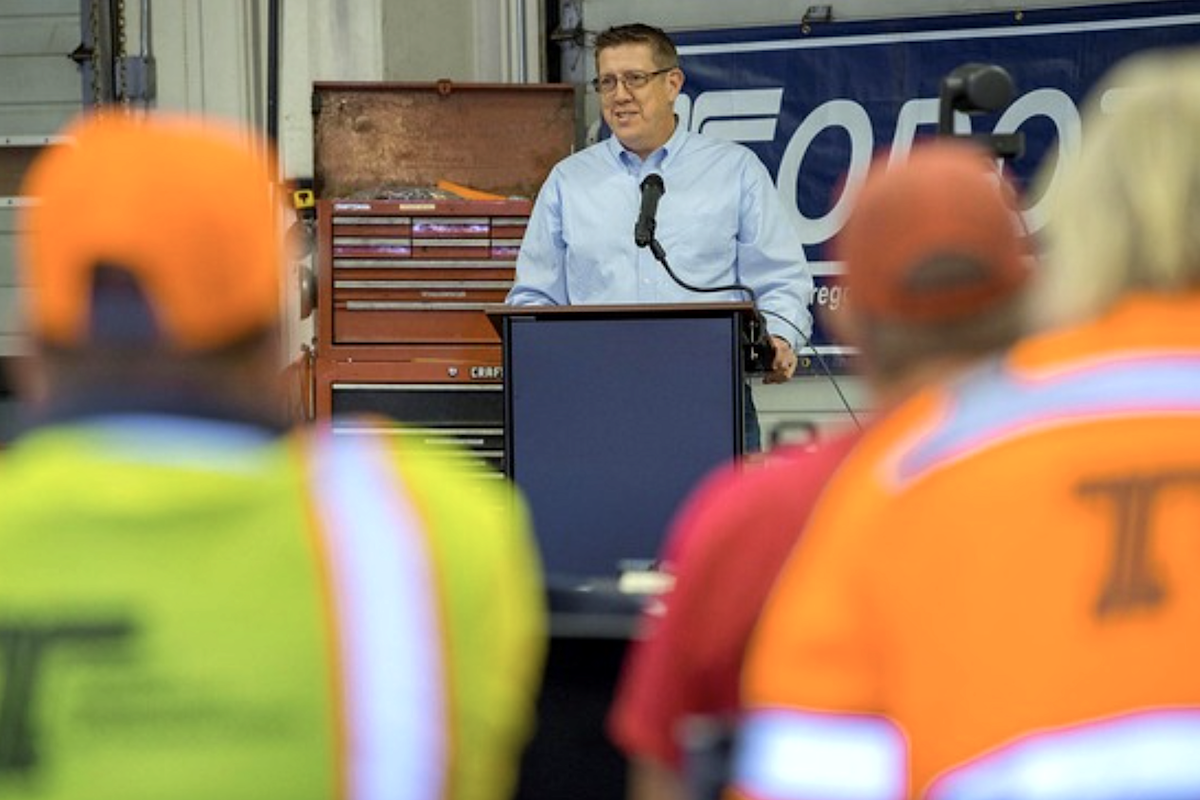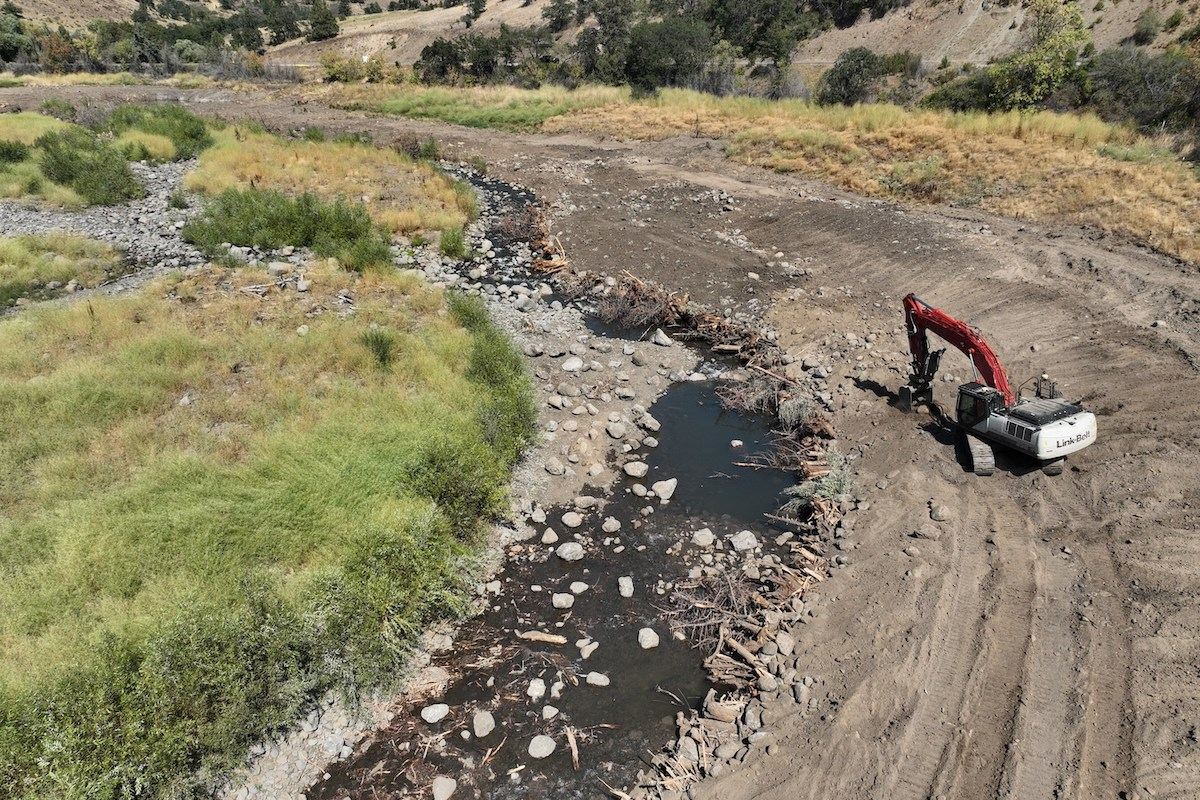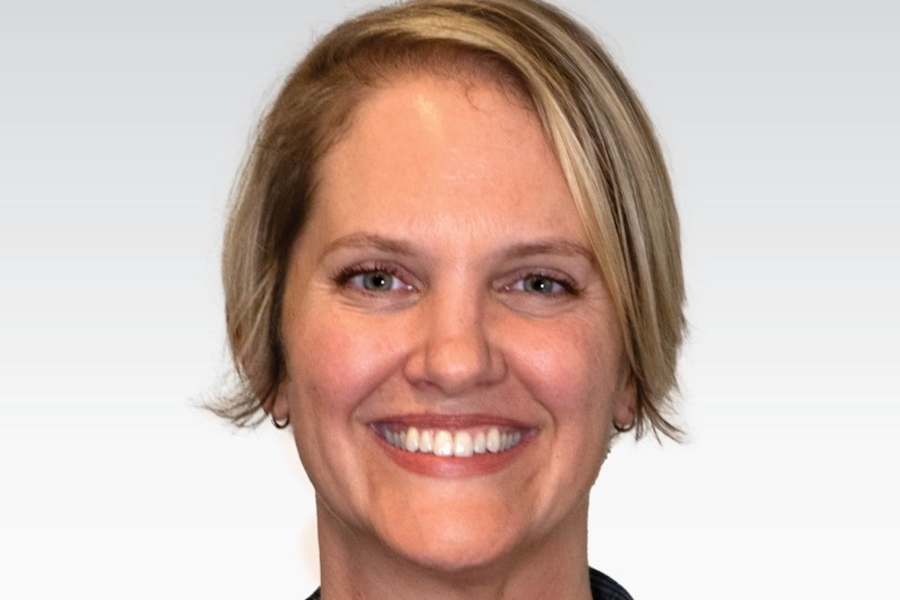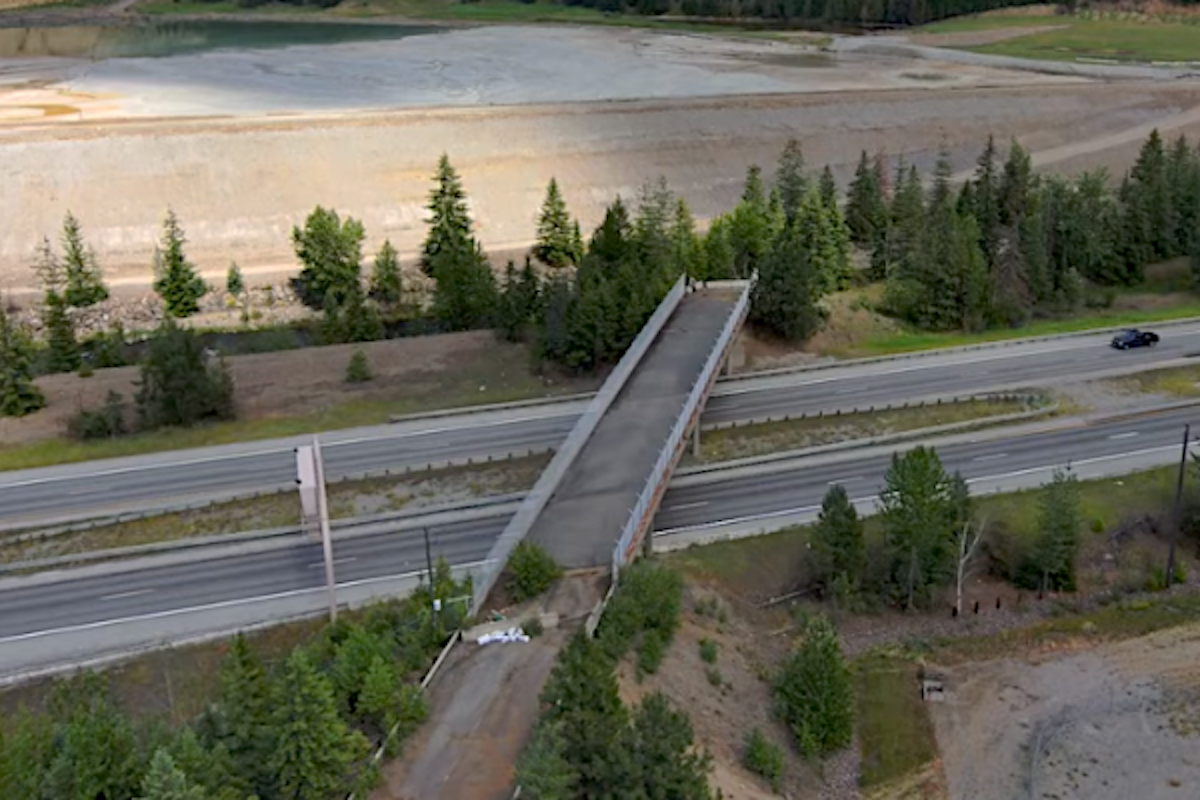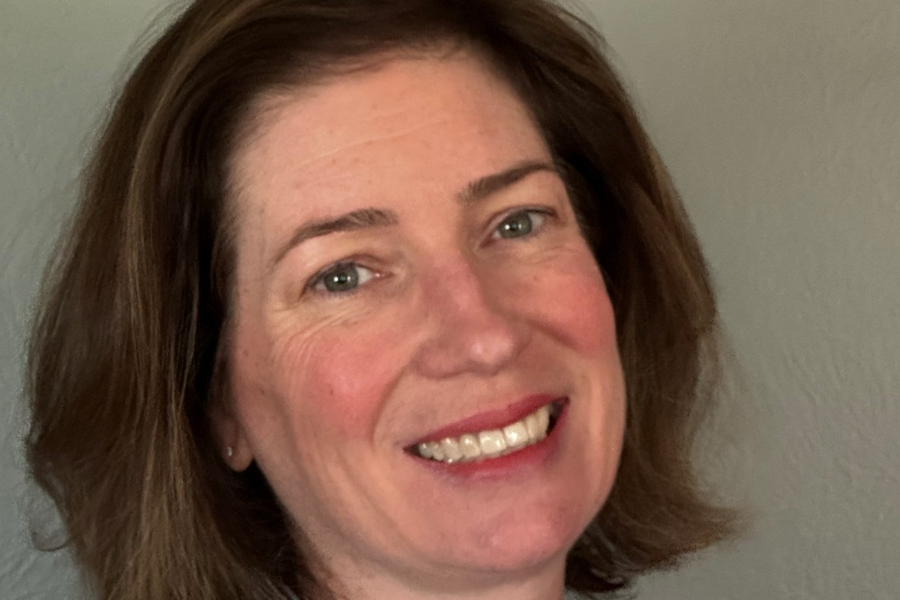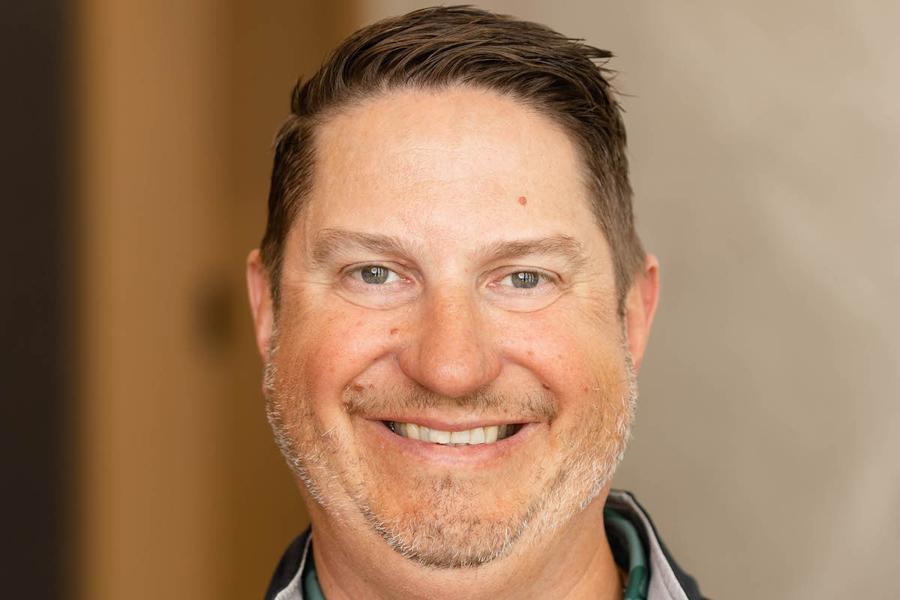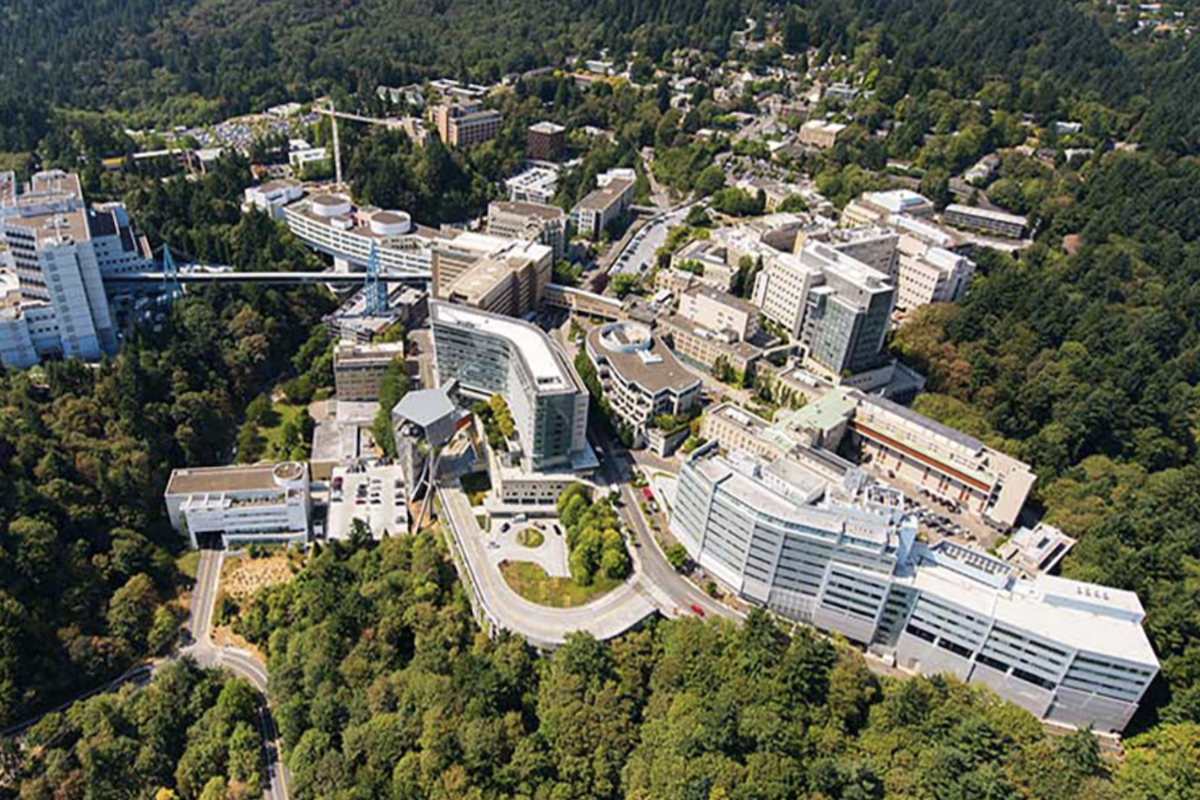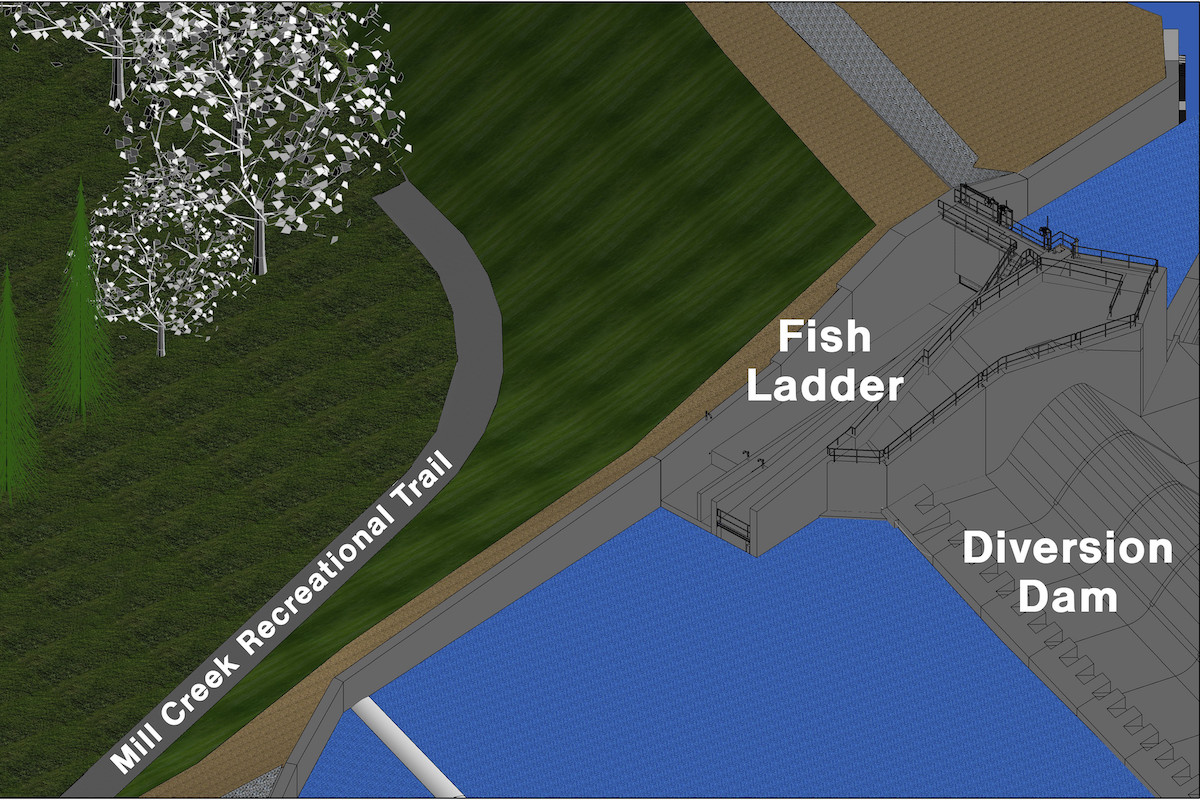Officially known as a “project partnership agreement,” the document was signed by Col. Jeffrey Palazzini and Terry Eubank, City Manager of Kenai, to combat erosion along the Kenai River. The agreement describes the project and responsibilities of the federal government and the non-federal sponsor, which is the City of Kenai, in the cost sharing and execution of work. When this milestone is achieved in the federal process, both entities can work together to implement the project.
Palazzini called the signing a culmination of years of hard work, dedication, and open communication between federal and state agencies, local government, private stakeholders, and members of the public.
“When funding finally became available through the Bipartisan Infrastructure Law in March 2022, the whole team was excited that we would be able to see design become reality,” he said. “It has been a true partnership, and will continue to require partnership and coordination as truckloads of rock arrive on site for placement.”
The establishment of a protective berm along the Kenai Bluffs is funded at about $37.5 million to cover both the preconstruction, engineering, and design phase of the project as well as the construction phase. In 2019, USACE published the Kenai Bluffs Bank Stabilization Section 116 Feasibility Study that recommended the construction of a berm at the bluff toe. The project will provide a rock revetment that stretches about 5,000 feet long and stands 12 feet tall along the base of the eroding bluff. It will require the placement of about 42,400 cubic yards of armor rock, 33,200 cubic yards of crushed rock, and 13,100 cubic yards of gravel base.

| Your local Volvo Construction Equipment dealer |
|---|
| PacWest Machinery |
The new infrastructure is designed to shield the lower portion of the bluff from storm damage and prevent the removal of accumulated sediment between the toe and berm. The project will create a condition that allows the bluffs to stabilize over time. The bluffs range between 55 and 70 feet high, while the face is receding at a rate of about three feet per year. The federal government is paying for 90% of the project’s cost share with the non-federal sponsor responsible for the remaining 10%.
“USACE is committed to helping our Alaskan communities find solutions to coastal erosion, and we are ‘drawing a line in the sand’ together to protect city land, infrastructure, and property along the receding bluffs,” Palazzini said. “Thank you to the entire team for making this project a reality.”
A construction contract is anticipated to be awarded by January 2024.














